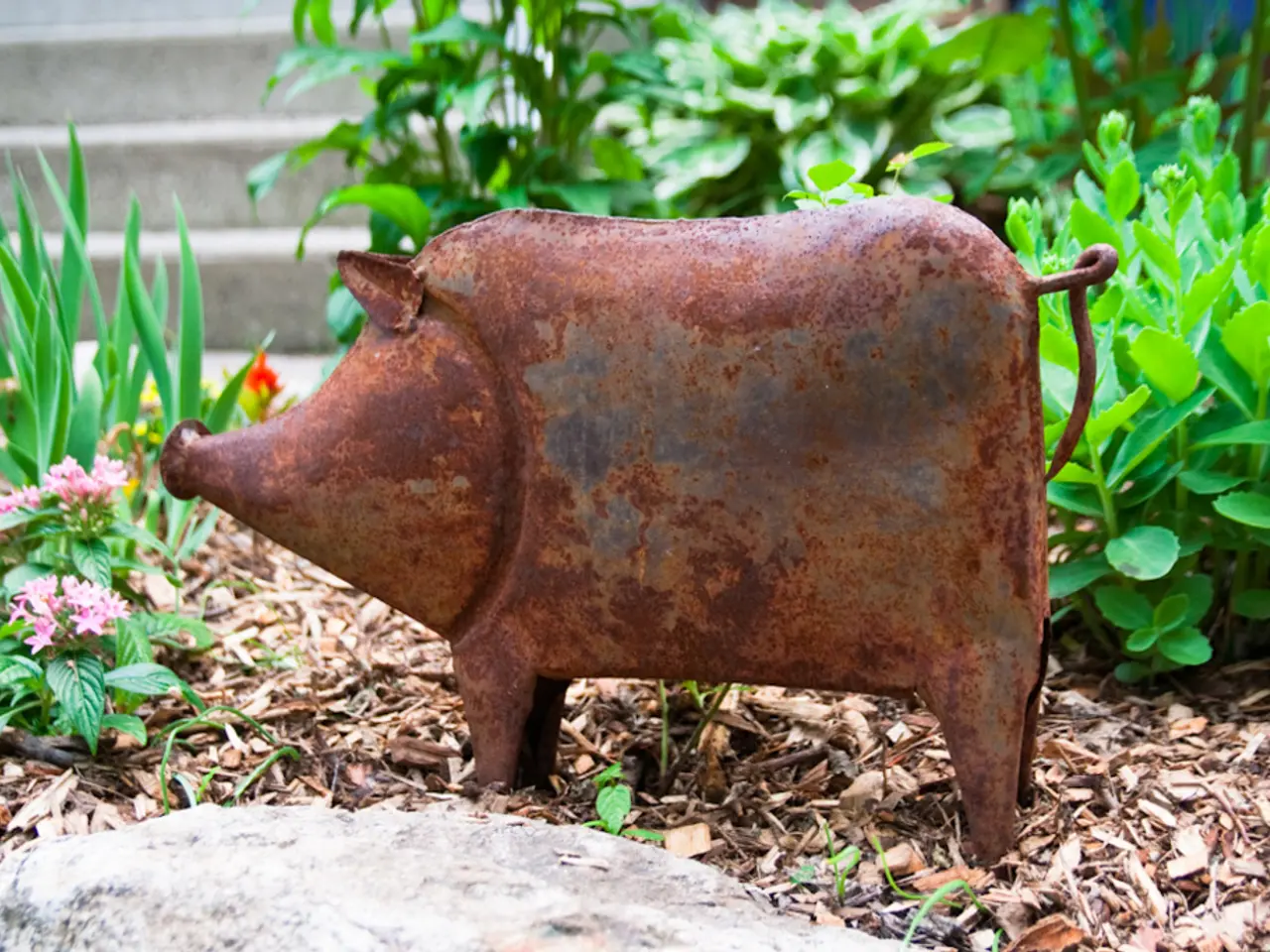Transformation of Decarbonization Objectives in the Iron Ore Pellets Sector
In the face of the global decarbonization movement, the Iron Ore Pellets Market is undergoing a significant transformation, solidifying its role as a key enabler of low-carbon steel production.
The shift toward low-carbon steel production, particularly via hydrogen-based Direct Reduced Iron (DRI) with Electric Arc Furnace (EAF) technology, is significantly reshaping the iron ore pellets market by increasing demand for high-grade, low-impurity iron ore pellets tailored to these new processes.
Key impacts of this transition include:
- Higher-quality feedstock demand: DRI processes require iron ore pellets with a minimum iron content of about 67%, plus very low levels of impurities such as silica, alumina, and phosphorus. This creates a premium market for iron ore pellets that meet these stricter specifications, boosting long-term demand for DR-grade pellets and high-grade concentrates.
- Supply constraints and market bifurcation: Since high-grade pellets represent a smaller share of total global production, the increased demand from green steel producers risks tight supply conditions and price premiums. At the same time, traditional steelmaking via blast furnaces remains dominant in developing economies, sustaining demand for conventional pellets, resulting in a bifurcated market with different ore requirements.
- Investment in premium pellet projects: Projects like Cyclone Metals’ Iron Bear magnetite mine exemplify this shift, designed to produce large volumes of premium high-grade pellets (up to 71% Fe with very low silica) explicitly to serve the low-carbon steel sector. Such projects anticipate strong pricing and demand from green steel supply chains.
- Market growth and innovation: Overall, the iron ore market is projected to nearly double by 2031, fueled by the surge in green steelmaking and infrastructure investments. This growth is accompanied by advances in mining automation and beneficiation technologies, optimizing production of high-grade pellets critical for DRI processes.
- Regional divergence: Europe leads the transition with regulatory support and green hydrogen investments pushing hydrogen-DRI adoption, while in Asia, cost and infrastructure realities sustain blast furnace usage. This results in coexistence of markets needing distinct pellet qualities.
Domestic pellet production is expanding rapidly in some regions to reduce import dependency and ensure compliance with environmental mandates. The adoption of renewable energy and alternative fuels in pellet induration furnaces is reducing the carbon footprint of pellet production. AI-driven process controls, real-time quality monitoring, and automation are making pellet plants more efficient and sustainable.
In summary, the low-carbon steel shift is driving a structurally transformative premiumization of the iron ore pellets market, emphasizing high-grade, low impurities, and DR-grade pellets to serve the emerging green steel technologies, while maintaining a parallel demand pool for traditional pellet types in developing steelmaking regions.
[1] Iron Ore Pellets Market Outlook 2021 and Forecast 2026
[2] Iron Ore Pellets Market to 2027 - Global Analysis and Forecasts by Material Type; End-use Industry and Geography
[3] Cyclone Metals' Iron Bear Magnetite Mine to Produce High-Grade Iron Ore Pellets
[4] The Impact of the Green Steel Revolution on the Iron Ore Market
[5] Green Steel: The Future of Steelmaking and Its Impact on the Iron Ore Market
- The global decarbonization movement is causing a transformation in the iron ore pellets market, as it becomes a key enabler for low-carbon steel production through hydrogen-based Direct Reduced Iron (DRI) with Electric Arc Furnace (EAF) technology.
- Demand for high-grade, low-impurity iron ore pellets is increasing due to the shift toward low-carbon steel production, creating a premium market for iron ore pellets with stricter specifications.
- Investment in premium pellet projects, such as Cyclone Metals’ Iron Bear magnetite mine, is anticipated based on strong pricing and demand from green steel supply chains.
- Innovation and regional divergence are expected in the iron ore market as it grows nearly double by 2031, driven by green steelmaking and infrastructure investments, as well as advances in mining automation and beneficiation technologies.
- In regions where domestic pellet production is expanding, the adoption of renewable energy and alternative fuels in pellet induration furnaces is reducing the carbon footprint of pellet production, while AI-driven process controls, real-time quality monitoring, and automation are improving pellet plants’ efficiency and sustainability.
- The iron ore pellets market outlook indicates that it will face significant changes, focusing on high-grade, low-impurity, and DR-grade pellets to serve the emerging green steel technologies while maintaining demand for traditional pellet types in developing steelmaking regions. (combining elements from multiple sentences)




